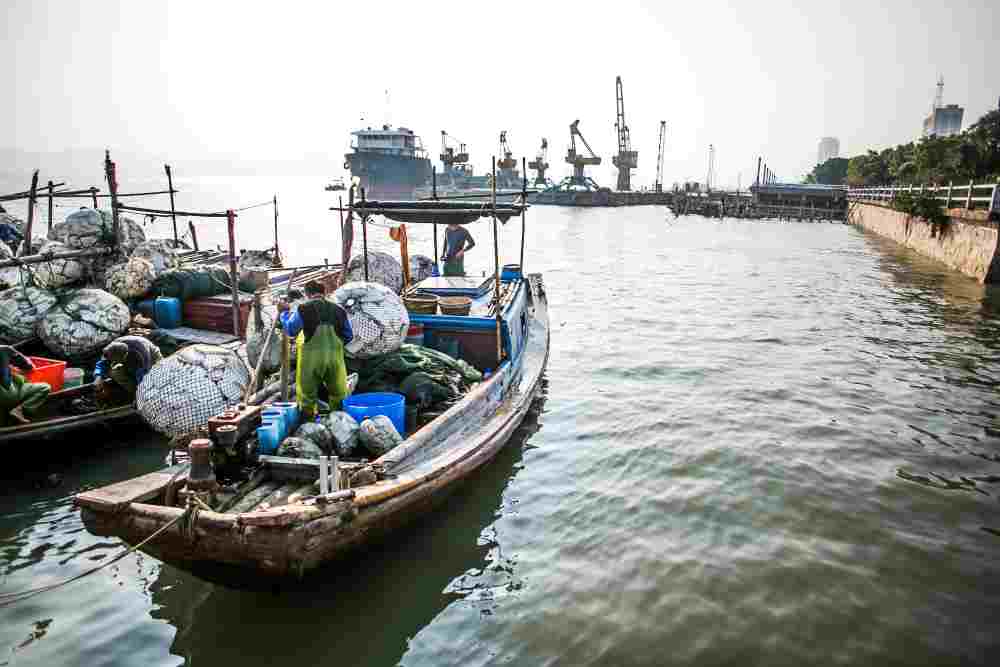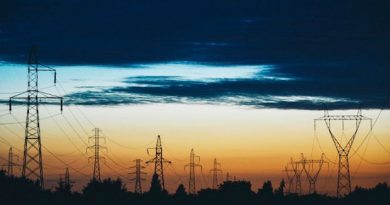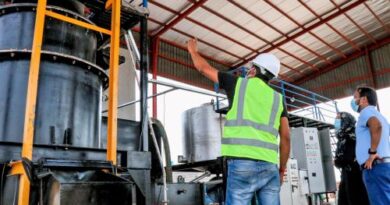Top 5: Polluted rivers in India
 river pollution CPCB
river pollution CPCB
The pollution in a river by the Central Pollution Control Board (CPCB) is measured through the level of pollutants in the river and also the number of polluted stretches a river has. The report of CPCB for 2022 holds that the most polluted rivers in India in terms of depth of pollutants are Cooum in Tamil Nadu, Sabarmati in Gujarat and Bahela in Uttar Pradesh as the water being reduced to sewage and hardly any life is visible in the polluted stretches. The pollution in the rivers are of multiple types but broadly categorized into industrial, municipal and agricultural wastes causing several diseases and hampering aquatic ecology.
The actual and real measure is the number of stretches a river has in terms of biological oxygen demand (BOD). The number stretches narrates the story of the quality of water in the river. Most of these polluted stretches are in the vicinity of industries or dense urban conglomerations. The report of CPCB – tabled by Jal Shakti Ministry – shows that the biggest of the rivers in India are the most polluted. The five top polluted rivers in India are:
Ganga: Despite spending over Rs 32,000 crores since 2014, the latest revelation by the Jal Shakti Ministry holds that 71% of the monitoring stations in Ganga have reported very high levels of faecal coliform earlier this year. The river has 49 polluted stretches and its most polluted in Uttar Pradesh, Bihar and West Bengal. Recently, the National Green Tribunal found that untreated wastewater/sewage continues to be discharged into the holy river unabatedly. Several monitoring stations have high BOD levels. The river stretch at curial places like Kanpur and Patna remain the worst polluted even to date. According to National Mission On Clean Ganga (NMCG) the Ganga basin generates about 12,000 MLD of sewage, for which presently there is a treatment capacity of only around 4,000 MLD. Nearly 3000 MLD of sewage is discharged into the main stem of the river Ganga from the Class I & II towns located along the banks. The high level of pollution is a result of the fact that the treatment capacity is of just 1000 MLD till date.
Yamuna: The second most important river of North India, that too forms a part of the Gangetic drainage system, Yamuna has 35 stretches of pollution found by CPCB. The pollution in the river has increased over years in Delhi and Uttar Pradesh. Only 2% of Yamuna’s run is through Delhi but 76% of the river’s pollution is caused in the national capital only. On one hand, where the Delhi Government is mulling to clean the river absolutely by 2025, data from Delhi Pollution Control Committee (DPCC) holds that the pollution in Yamuna has actually doubled in the past one Decade. The BOD level is lowest in Yamuna in Delhi where the river is reduced to a dead pool liquid waste with no fish life. The condition of the river is due to two failed Yamuna Action Plans. The third Yamuna Action Plan is underway but the results so far do not give confidence. The Delhi government has delayed the development of three mega STPs – Okhla, Rithala and Kondli – meant to clean the city’s wastewater.
Godavari: This river is called Dakshin Ganga (Ganges of the South) and has as many as 31 stretches that are polluted. 33 cities, 441 towns and 58,000 other settlements are located in the basin of India’s second longest river. The principal sources of pollution in Godavari are partially treated or untreated sewerage of municipalities and industrial effluents falling in the river directly. Recently, NGT found that the water of the holy river is unfit for bathing purposes even for rituals and festivals. The discharge of pollution in the river starts from Trimbakeshwar in Maharashtra where it originates. The industrial waste is higher in the districts of Adilabad, Karimnagar, Warangal and Khammam. Although, Godavari River Pollution Control Scheme was rolled out way back in 1991, nothing seems to have been done tangible over decades. At times, the pilgrim town of Bhadrachalam faces shortage of drinking water.
Ghaggar: This river, flowing in Haryana and Punjab has 27 stretches found by CPCB that are polluted. The river emerges from Himachal Pradesh and gets polluted through industrial wastes. It flows through Punjab, Haryana and Rajasthan. Ghaggar water is adversely affected mainly due to the dumping of untreated sewage as there is lack of adequate Sewage Treatment Plants (STPs), non-biodegradables and household wastes. It faces double attacks: the industrial waste from Himachal Pradesh and sewage from Punjab and Haryana, according to a finding by a leading NGO in, people living on the banks of the river suffer from deadly diseases like cancer and skin ailments. Idol immersions during festivals have also killed the river with POP and chemicals. Sewage Treatment Plants (STPs) are either defunct or not operating up to their full capacities. 30 towns from Punjab directly pour their liquid waste into Ghaggar. In one survey, it was found that 9 STPs out of 61 in Haryana failed on BOD and faecal coliform parameters. With regards to Himachal Pradesh, no water is being treated in STPs related to Sukhna Drain and Markanda River. The quantum of its pollution in particular stretches is such that 40% of the groundwater directly connected with Ghaggar is declared unfit for human consumption.
Gomti: The river has 20 polluted stretches found by CPCB. The worst is, in the recent months, the pollution levels in Gomti have increased considerably despite the Uttar Pradesh government interventions. From its origin at the foothills of Himalayas, the river flows southeastward for about 940 km through 9 districts of Uttar Pradesh which are among the most populated in the state. Key pollutants that pour into the river are human waste, agricultural runoff and industrial effluents. About 45 drains empty into Gomti. Untreated sewage brings chemicals, oil, asphalt, sediments and heavy metals to the river. The main water pollutants found are bacteria, viruses, parasites, fertilizers, pesticides, pharmaceutical products, nitrates, phosphates, plastics etc. The marine habitat in many of the river stretches is absent and fatal human diseases such as cholera, malaria and tuberculosis have developed. The BOD levels in some of the locations in Lucknow have gone down to 0.4mg/litre which is impossible for any life – plant or animal – to survive. The Uttar Pradesh Pollution Control Board (UPPCB) has recently come up with a survey and held that DO levels range from 11mg/litre at Gau Ghat which is highest and the situation is bad in most parts of the river. The polluted river meets Ganga near Varanasi and raises the level of the pollution of the holy river too.
The government of India, in partnership with the state governments and ULBs, has come up with a plethora of schemes and programs that look to treat urban area’s wastewater, end agricultural run-off, reduce soil erosion and boost aquatic ecosystems of the rivers. Some of these schemes are Smart City project, AMRUT, Namami Gange, organic farming, afforestation etc.




